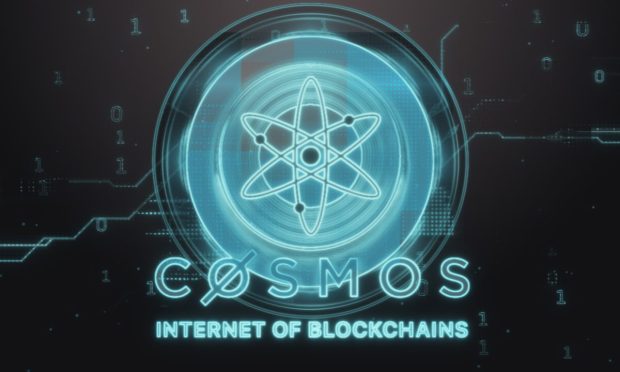PYMNTS Blockchain Series: What is Cosmos?

Throughout this series of articles, we’re looking at the top blockchains in crypto to help you make sense of the alphabet soup of so-called “altcoins” that exists beyond that of Bitcoin’s BTC and Ethereum’s ETH.
We will look at what they are, how they work, what they do, and their pros and cons.
You’ll come out of this series not only with a better sense of what cryptocurrency is all about, but you’ll also understand why the way a token works — the way its blockchain processes transactions — is key to its success or failure as a digital asset.
PYMNTS Blockchain Series: What is Solana?
PYMNTS Blockchain Series: What is Cardano?
PYMNTS Blockchain Series: What is Avalanche?
PYMNTS Blockchain Series: What is Polkadot? The most ambitious of the Ethereum Killers
So, what is Cosmos?
Well, it is an “Internet of blockchains” if you ask its developers.
What does that mean? Simply put, Cosmos’ biggest goal is to create an ecosystem of interoperable blockchains that can communicate, share data and transact with each other.
Like the rest of the “Ethereum killers,” Cosmos is a proof-of-stake blockchain that does not use the enormous amount of pollution-generating electricity that Bitcoin and Ethereum do.
See also: PYMNTS DeFi Series: What is Staking?
And like them, it presents itself as a faster and more scalable, environmentally friendly and more interoperable alternative to Ethereum. Cosmos can process 10,000 transactions per second, or TPS, compared to Ethereum’s 15-25 TPS. It has a block time of around one second.
But that’s not the only speed Cosmos is interested in. A key feature is that each decentralized app can build its own blockchain — called a “zone”— rather than share one. That makes them faster and cheaper to build.
Cosmos has an open-source software development kit (SDK) that uses the Tendermint engine consensus protocol by default but others are available. Using the SDK makes the process of building a zone far simpler as it provides what’s described as a blockchain-in-a-box. This leaves DApp developers free to concentrate on building the application for their own blockchain zone.
The zones are connected via hubs. The main one is the Cosmos Hub, but others are available. But any zone or hub can refuse to work with another. They communicated through the Inter-Blockchain Communication, or IBC, protocol, which allows them to interact.
Beyond that, Cosmos hubs can also connect to other blockchains such as Bitcoin and Ethereum. Among the developments fueling Cosmos’ strong recent results is an upcoming bridge to Polkadot.
Not Like the Rest
On the Cosmos Hub, the top 100 validators — those with the most ATOM tokens staked — are selected to validate a transaction. As delegators can stake tokens and earn rewards by joining a validator’s pool, this can change at any time. However, each zone can create its own cryptocurrency rather than use ATOM. Each zone can choose its own hub, which gives access to other validation systems and validator sets. This means private, permissioned blockchain zones can be created along with public ones, and even transfer tokens between them.
Because each DApp has its own zone/blockchain, it has sovereignty over its own environment — and doesn’t have to adjust to the needs of other DApps on a shared blockchain.
This may sound like Polkadot’s 100-parachain structure, but it differs in several important ways. All of Polkadot’s parachains share the same set of validators.
While Polkadot allows users to directly access a smart contract on a different parachain, and transfer tokens from one parachain to another, Cosmos’ IBC focuses on asset transfers between chains. If two zones want to interact, Zone A and Zone B relay messages via IBC through the Cosmos Hub. That way, a record of each transaction is kept in three places — the two zones and the Hub.
Nor does Cosmos divide the blockchain into several parts like Cardano and Avalanche, which speed up their blockchains by separating the smart-contract layer where the actual activity of the DApps takes place from a transaction layer which sends only the results of the transaction onto the blockchain and the networking layer. Using Tendermint simply provides the transaction and networking function of each blockchain — the “zone” — as a prebuilt module, saving development time and requiring less expertise.
